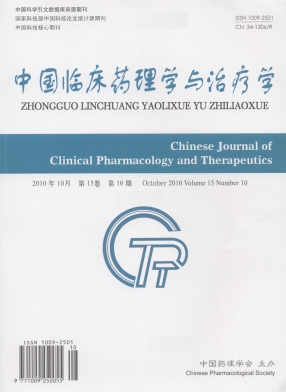Association of cognitive decline, diabetes mellitus and cancer with statins use: gaining insight through the FDA pharmacovigilance database
JIANG Peng-li, WU Jing, SUN He
2014, 19(10):
1132-1138.
 Asbtract
(
263 )
Asbtract
(
263 )
 PDF (292KB)
(
488
)
References |
Related Articles |
Metrics
PDF (292KB)
(
488
)
References |
Related Articles |
Metrics
AIM: To analyze the association between statins use and cognitive decline, diabetes mellitus and cancer through the US Food and Drug Administration (FDA) Adverse Event Reporting System (AERS). METHODS: Widely used pharmacovigilance tools were adopted for quantitative detection of signals, i.e. drug-associated adverse events, including the proportional reporting ratio (PRR), the reporting odds ratio (ROR), the Bayesian confidence propagation neural network (BCPNN) and the gamma possion shrinker (GPS). RESULTS: As for the association between statins use and cognitive decline, results of four algorithms are respectively 2.03,2.03,0.80,1.77, PRR,ROR and BCPNN were indicative of a definite risk, especially for atorvastatin and fluvastatin; as for the association between statin use and diabetes mellitus, results of four algorithms are respectively 2.35,2.42,1.09,2.12, PRR,ROR,BCPNN and GPS were all indicative of a definite risk, especially for simvastatin, atorvastatin and lovastatin; as for the association between statin use and cancer, results of four algorithms are respectively 0.90,0.89,-0.17,1.00, PRR,ROR,BCPNN and GPS all found no convincing evidence for risk of cancer after statins use. CONCLUSION: Data mining of the FDA's adverse event reporting system, AERS, is useful for examining statins-associated cognitive decline, diabetes mellitus and cancer. The data strongly suggest the necessity of well-organized clinical studies with respect to statins-associated adverse events.


